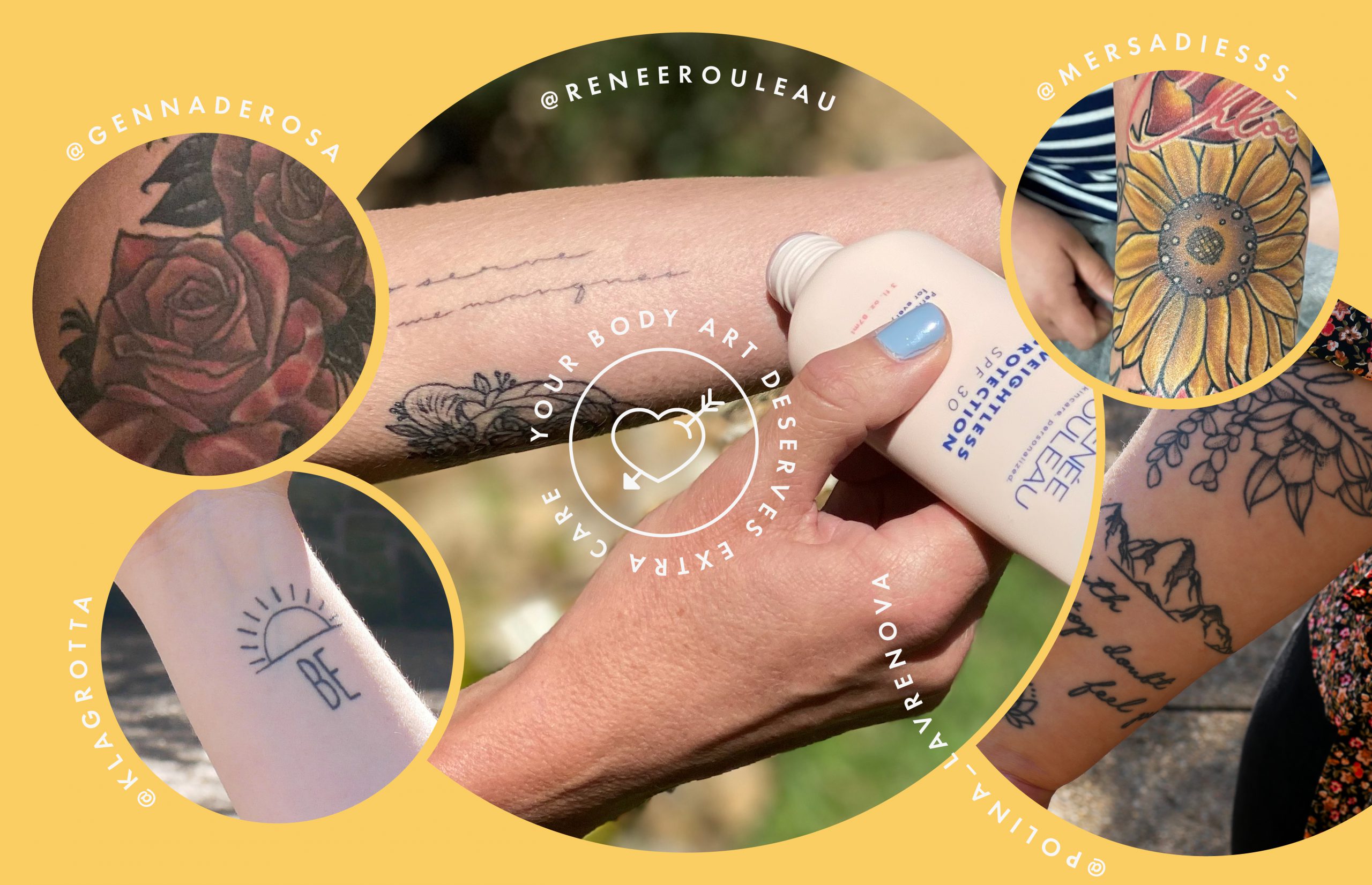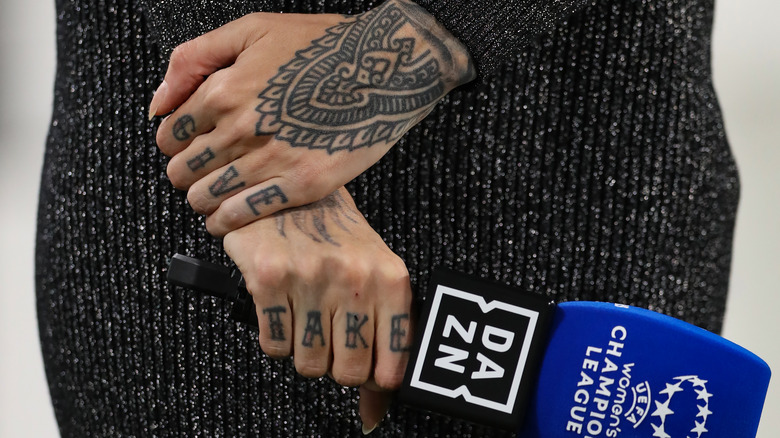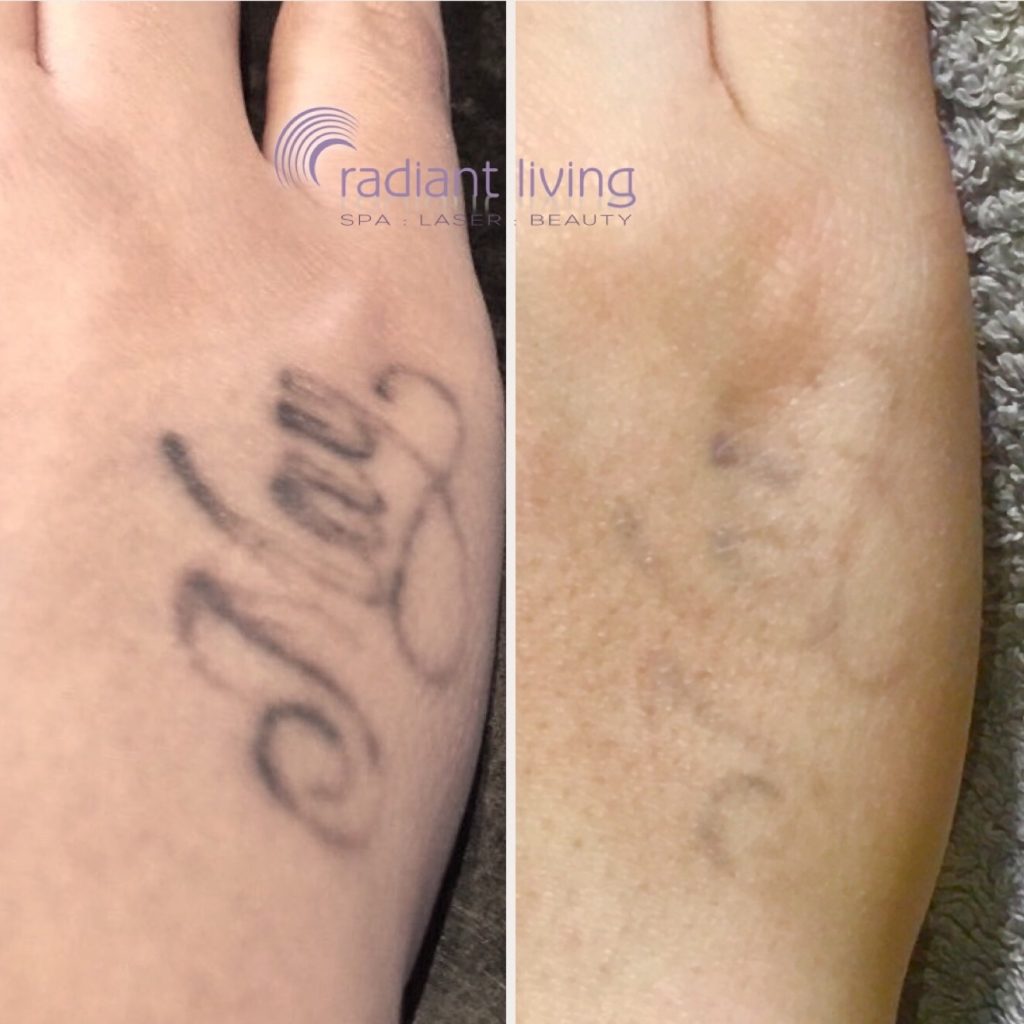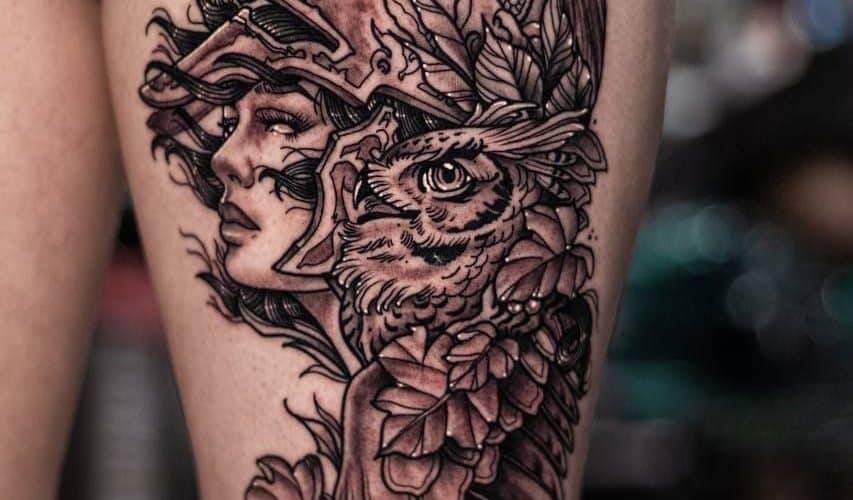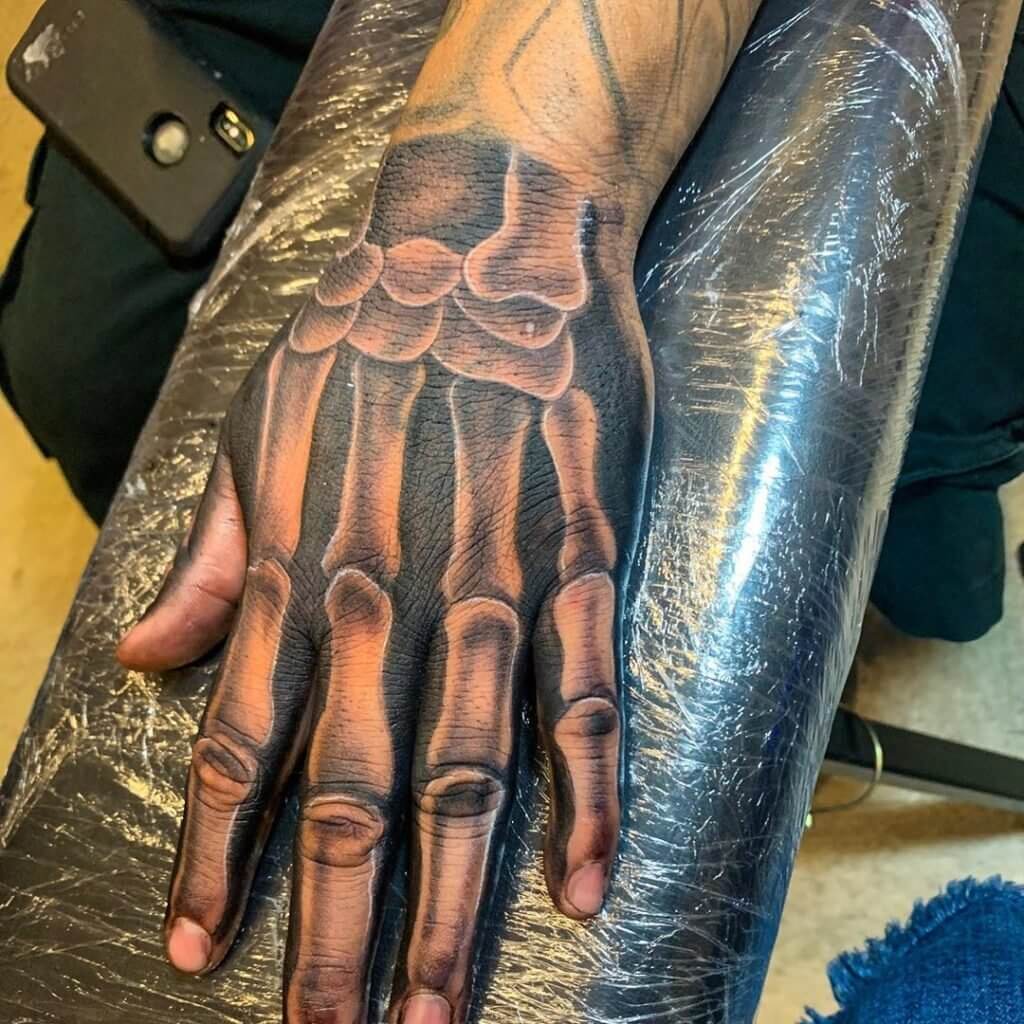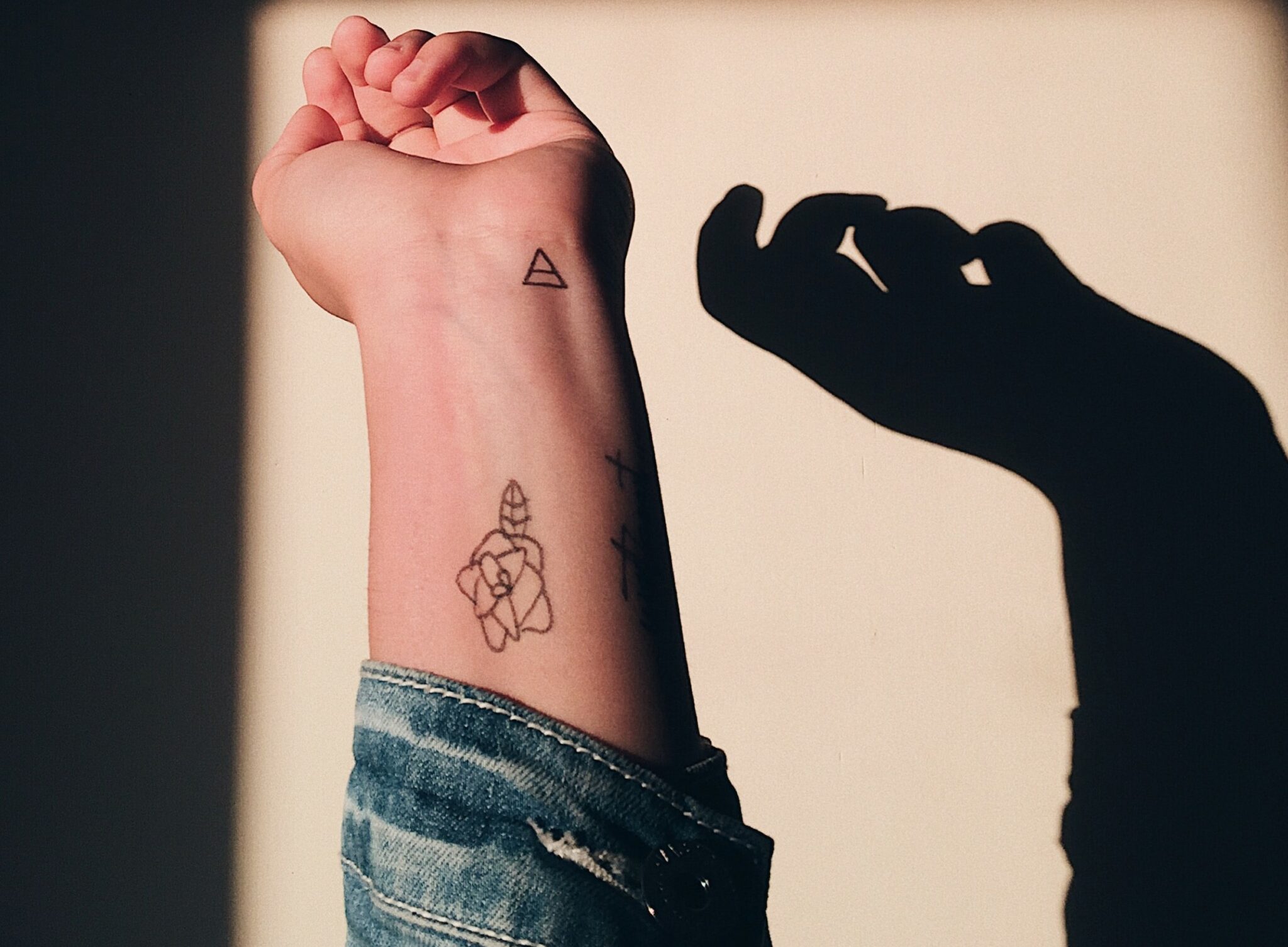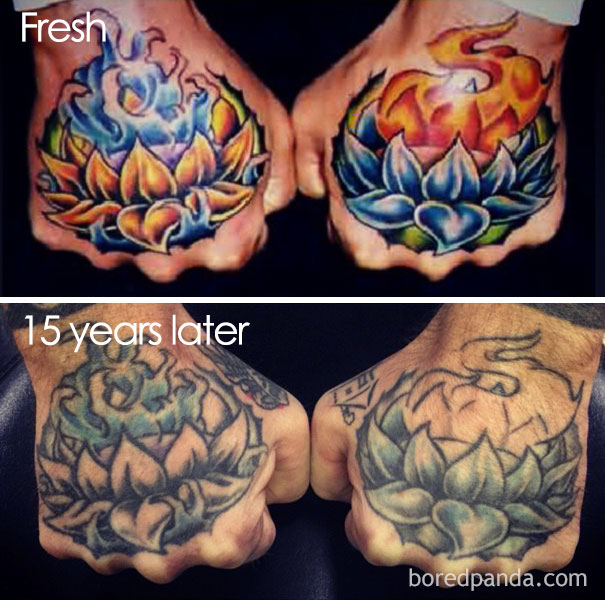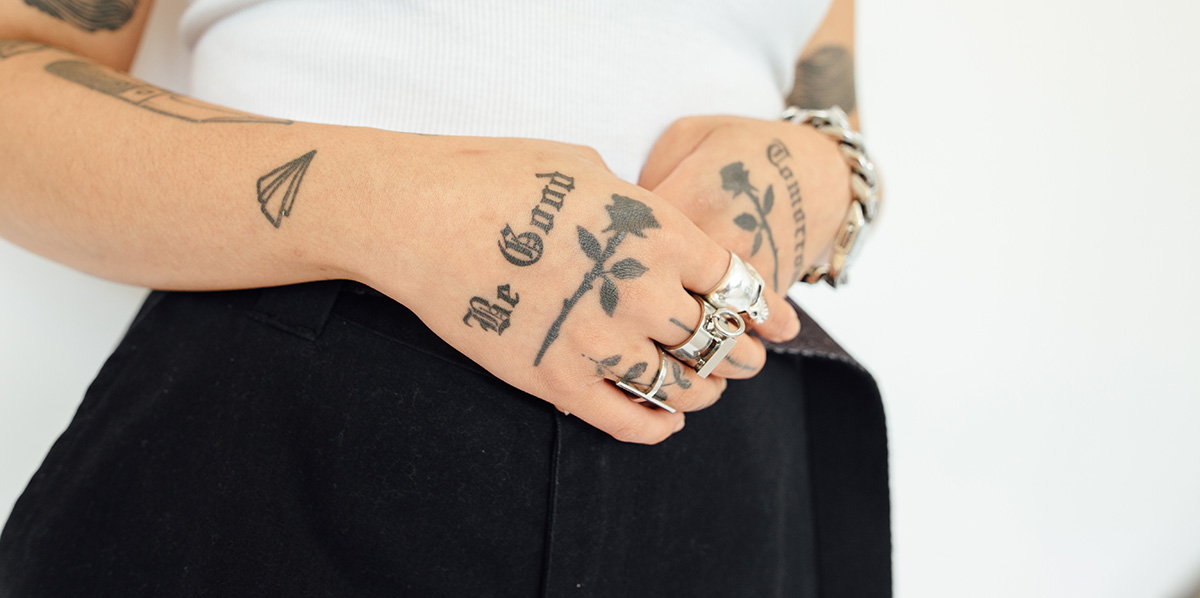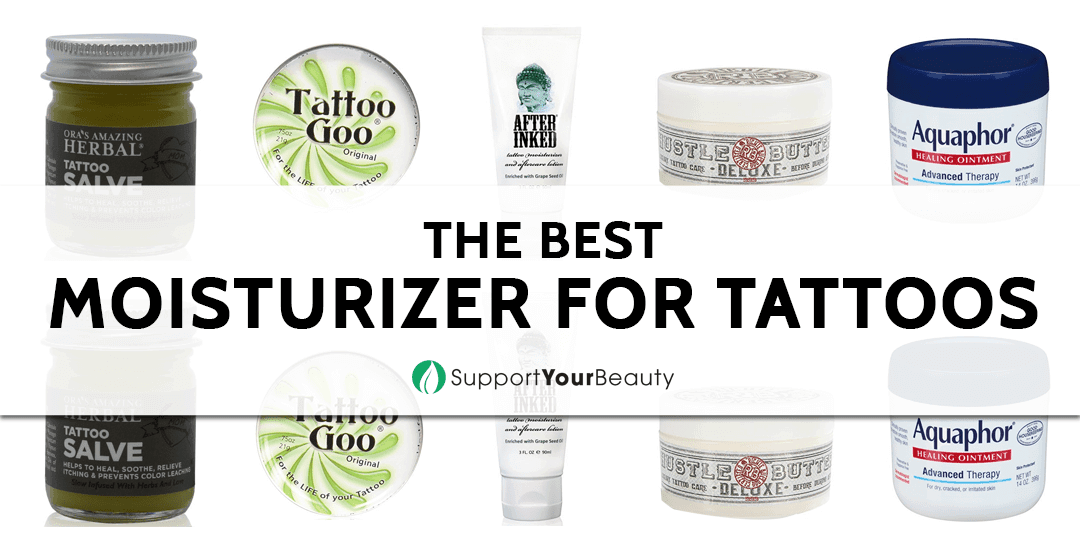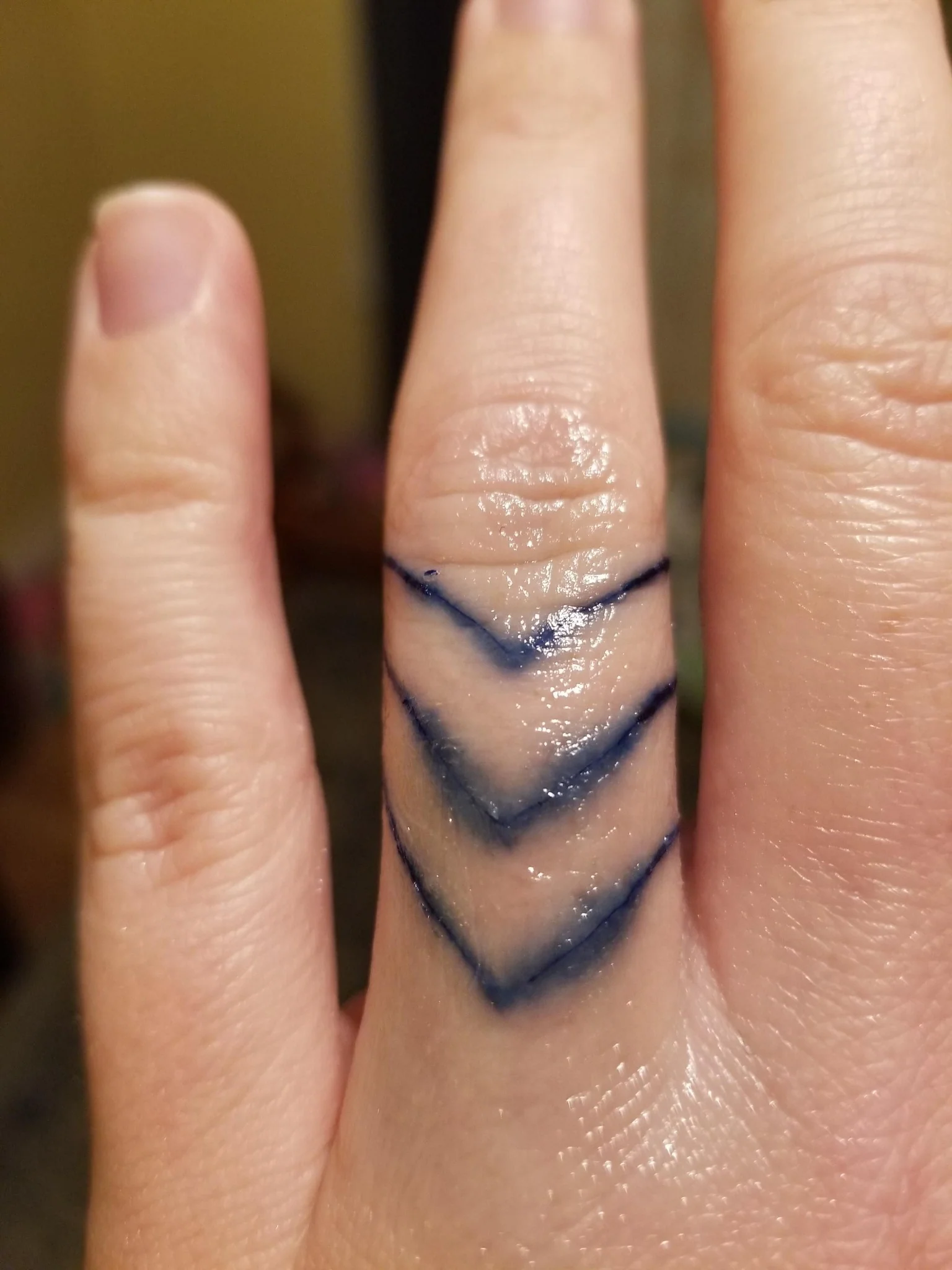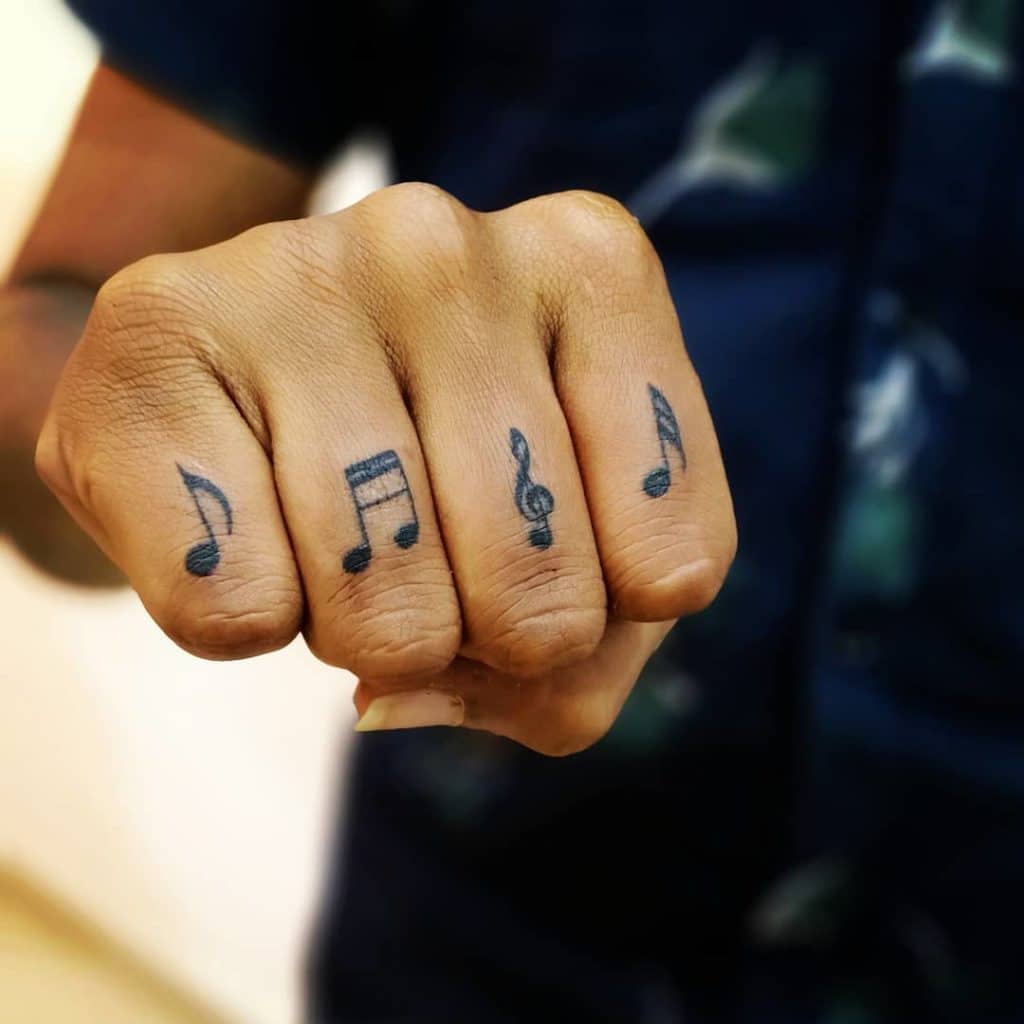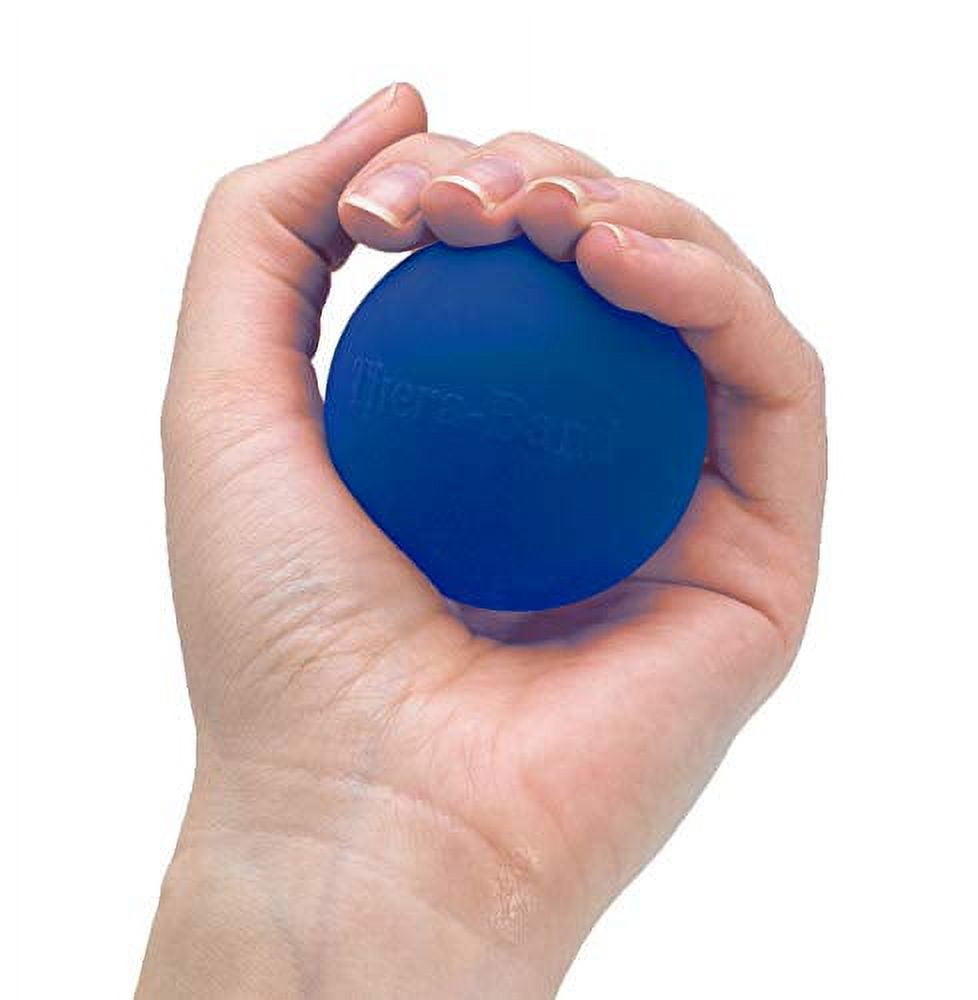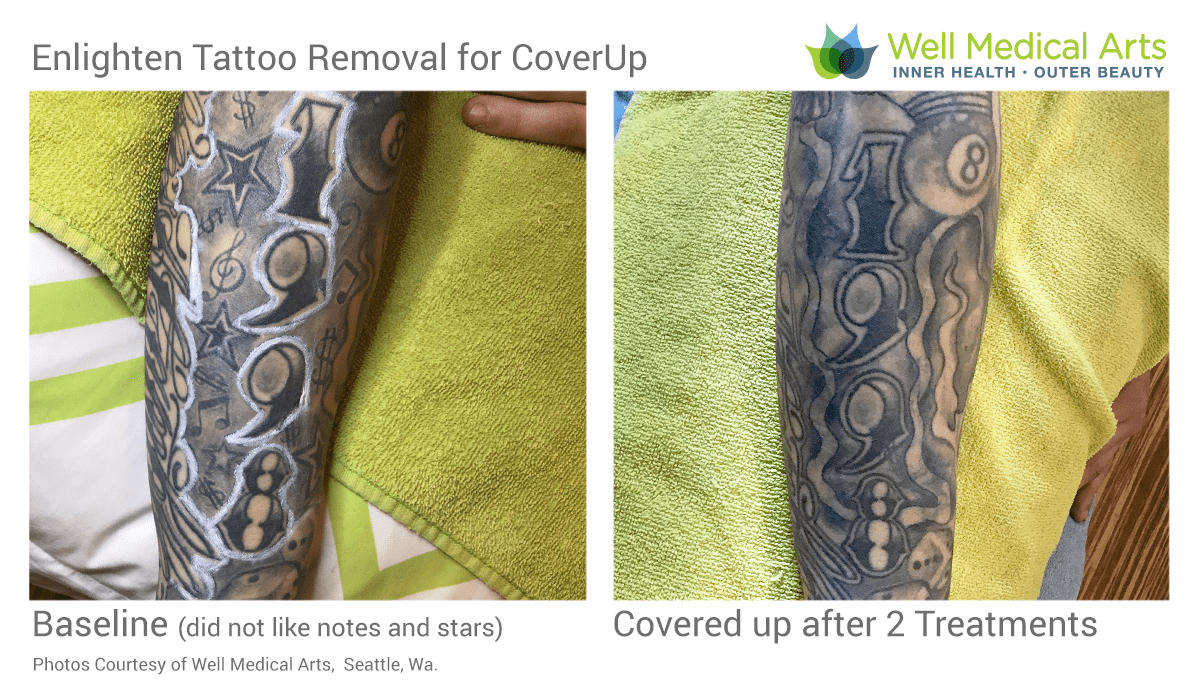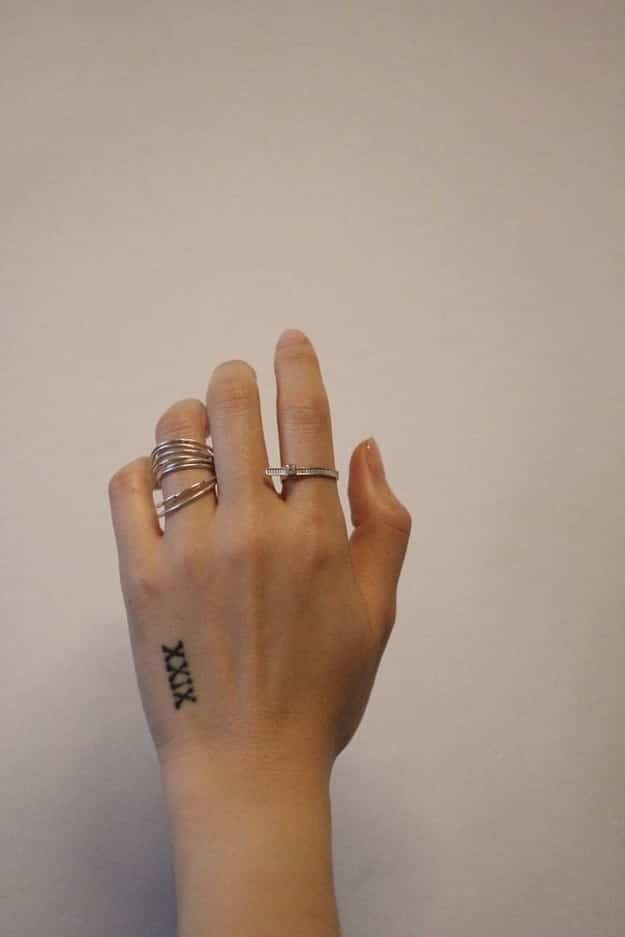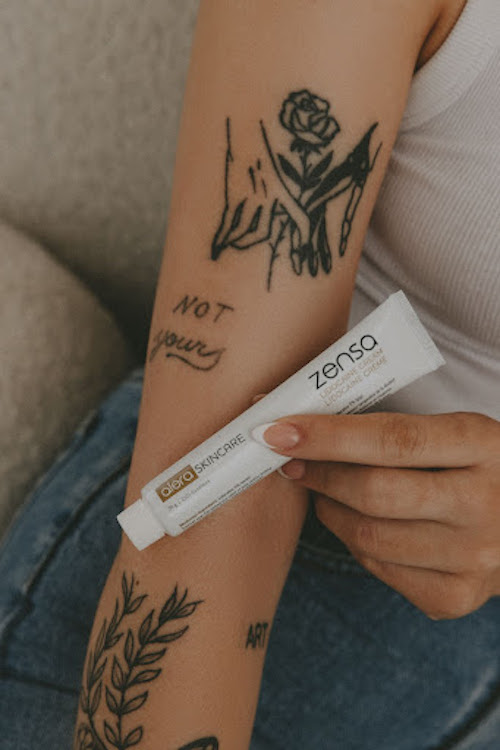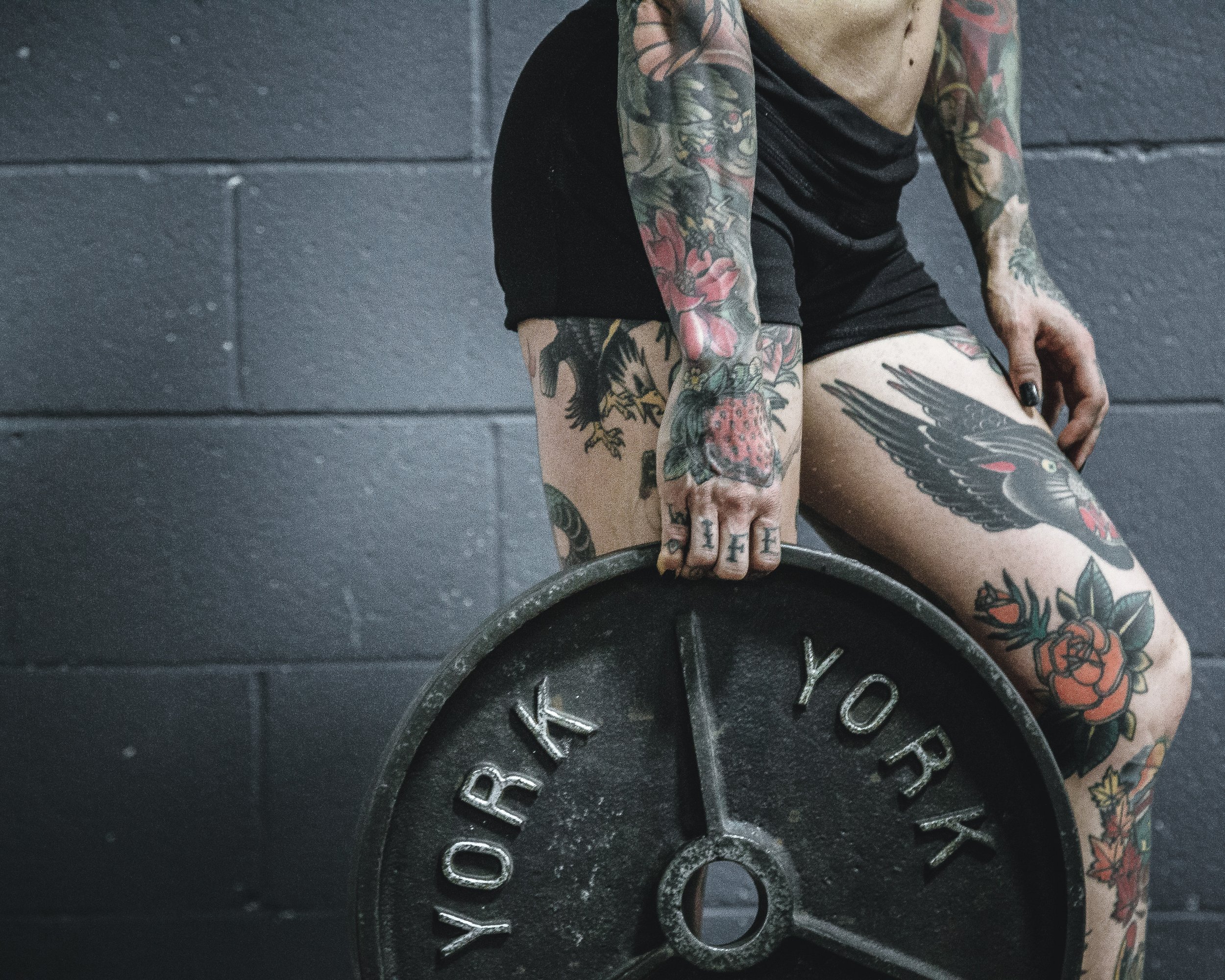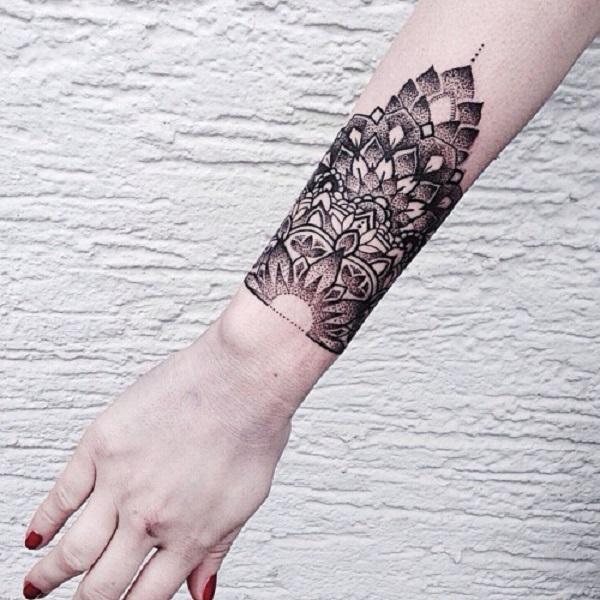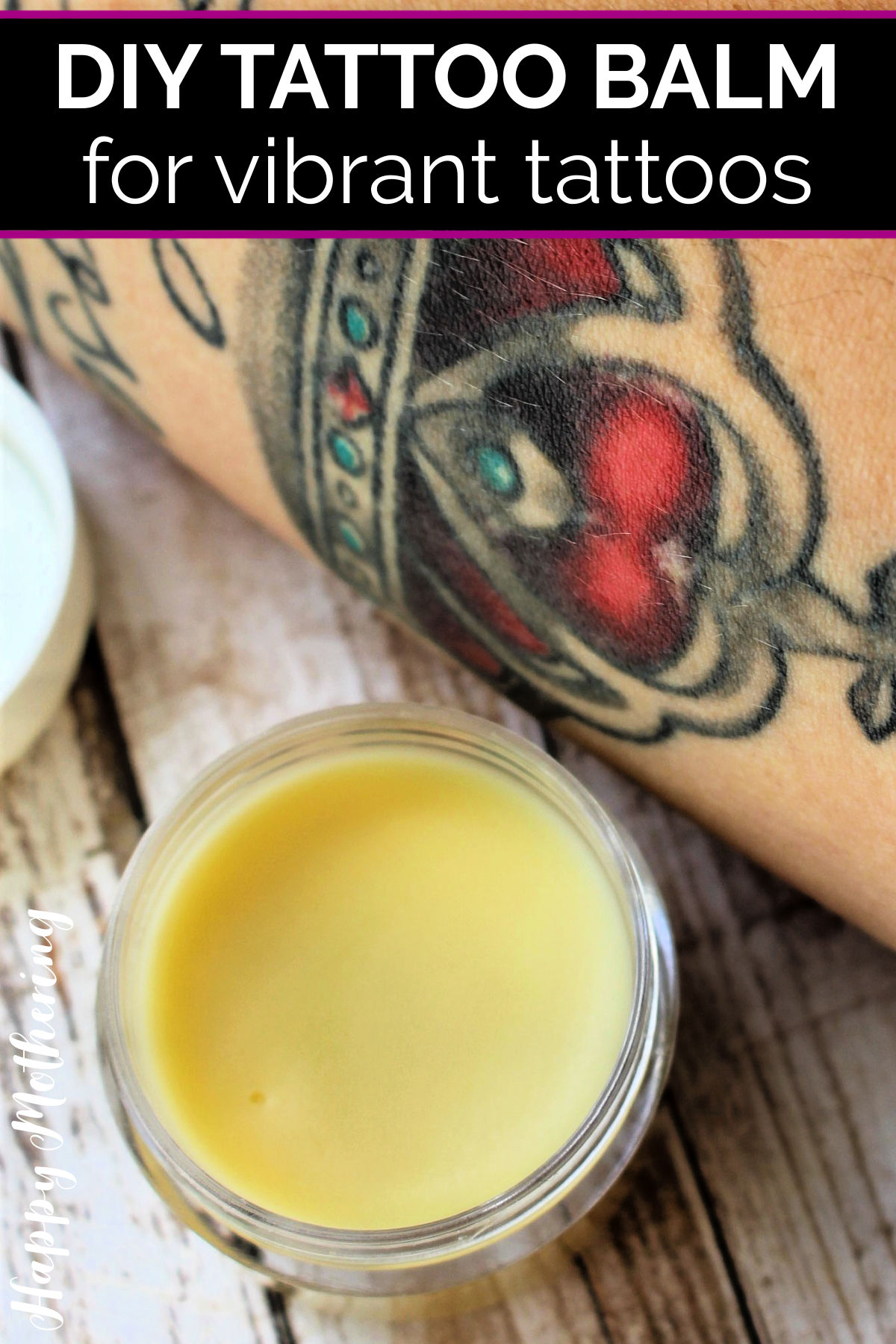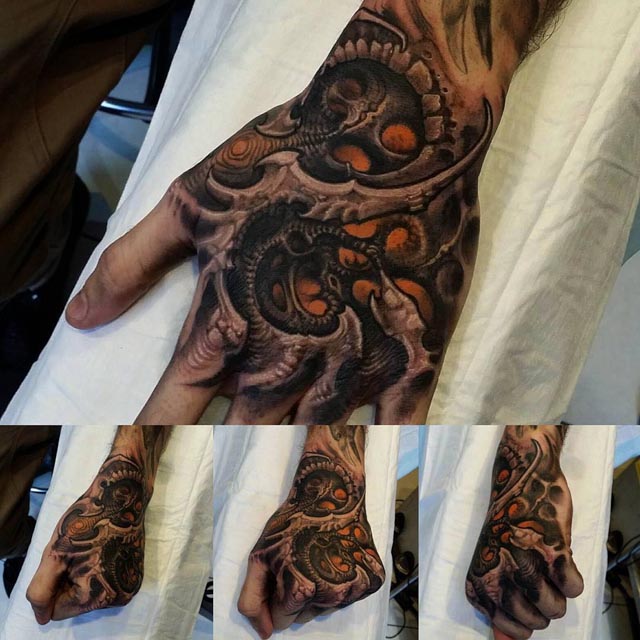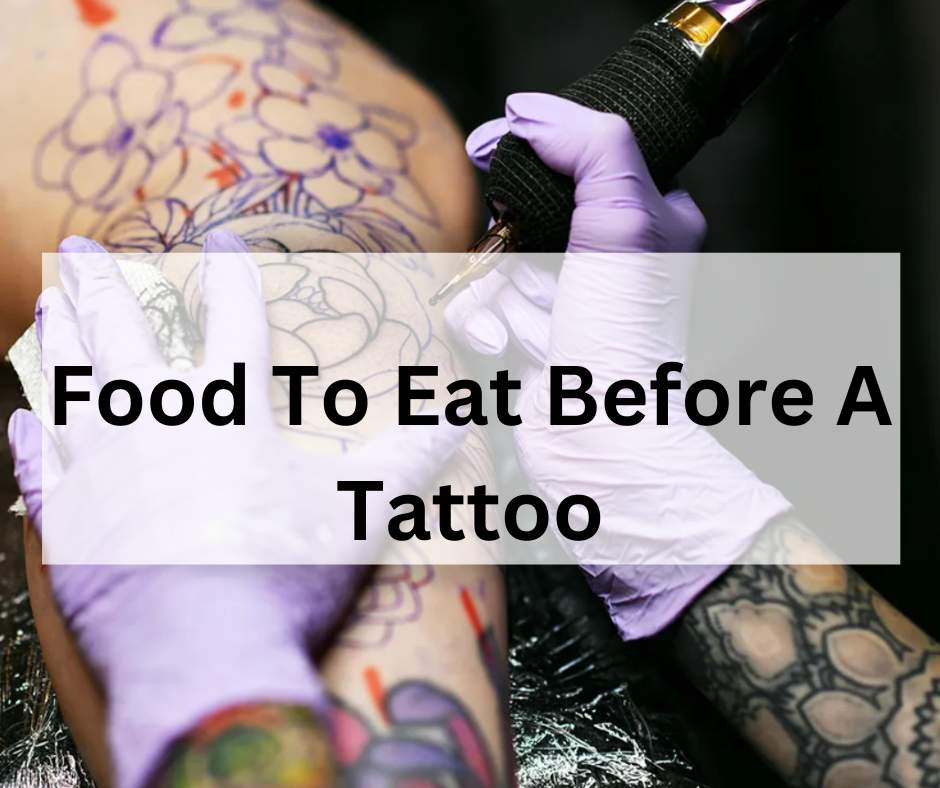
The Tiny Canvas, The Timeless Art: Decoding Small Tattoo Healing Times
So, you’ve taken the plunge! You’ve adorned your skin with a beautiful little piece of art, a tiny testament to something meaningful. Congratulations! Now, the burning question (pun intended) is: how long until this little masterpiece is fully healed and ready to flaunt?
The answer, like a perfectly executed fine-line tattoo, is nuanced. It’s not a one-size-fits-all situation. While small tattoos generally heal faster than larger, more intricate designs, several factors can influence the timeline. Let’s dive into the fascinating world of tattoo healing and uncover the secrets to ensuring your small tattoo heals beautifully and quickly.
1. Size Matters, But Not That Much: The Initial Healing Stages
Generally speaking, small tattoos, especially those with simple designs and minimal shading, tend to heal faster. Think of it like a paper cut versus a deep gash. A paper cut heals in a day or two, while a deeper wound takes longer.
The initial healing phase, which lasts for the first week or so, is when the tattoo is most vulnerable. You’ll experience redness, swelling, and tenderness around the tattooed area. This is your body’s natural defense mechanism kicking in, sending in the troops to repair the damaged skin.
This phase is crucial for preventing infection and ensuring proper ink retention. Treat your new tattoo with the utmost care during this time!
2. The Ink’s the Thing: How Design Complexity Affects Healing
While the overall size of the tattoo is important, the complexity of the design also plays a significant role. A tiny, solid black heart will likely heal faster than a small, intricate mandala with fine lines and delicate shading.
The more needles that pass over the skin, the more trauma the skin experiences. More trauma equates to a longer healing time. So, even if your tattoo is small, a highly detailed design might take a bit longer to fully recover.
3. Location, Location, Location: The Body Part Factor
Believe it or not, where you get your tattoo can significantly impact the healing process. Areas with thinner skin, like the ribs, ankles, and feet, tend to be more sensitive and might take longer to heal.
Conversely, areas with more muscle and better blood flow, like the upper arm or thigh, generally heal faster. This is because the body can deliver nutrients and healing agents more efficiently to these areas.
Consider the amount of movement the tattooed area experiences as well. Areas that are constantly bending and stretching, like joints, might take a bit longer to heal due to the constant disruption.
4. Your Body’s Blueprint: Individual Healing Abilities
Just like fingerprints, everyone’s body is unique. Your individual healing abilities play a huge role in how quickly your tattoo heals.
Factors like age, overall health, and immune system function can all influence the healing process. Younger individuals tend to heal faster than older adults. People with strong immune systems generally recover more quickly than those with weakened immune systems.
If you have any underlying health conditions, such as diabetes or autoimmune disorders, consult with your doctor before getting a tattoo to understand how it might affect your healing time.
5. The Aftercare Ritual: A Tattoo’s Best Friend
Proper aftercare is paramount for ensuring a smooth and speedy healing process. Think of it as giving your tattoo the TLC it deserves.
Follow your tattoo artist’s instructions meticulously. This usually involves gently washing the tattoo with mild, unscented soap and water, patting it dry with a clean towel, and applying a thin layer of tattoo-specific ointment or a fragrance-free moisturizer.
Avoid over-moisturizing, as this can trap bacteria and hinder the healing process. Let your tattoo breathe!
6. The Scratching Itch: Resisting Temptation
One of the most challenging aspects of tattoo healing is resisting the urge to scratch. As the tattoo heals, it will likely become itchy. This is a normal part of the process, but scratching can damage the healing skin and increase the risk of infection.
Instead of scratching, gently pat the area or apply a cold compress to relieve the itch. Distract yourself with other activities to take your mind off the itch.
7. Sun’s Out, Guns Out? Not So Fast! Protecting Your Tattoo from UV Rays
Sunlight is the enemy of a healing tattoo. UV rays can fade the ink and damage the delicate skin.
Avoid direct sun exposure during the healing process. If you must be in the sun, cover the tattoo with loose-fitting clothing or apply a broad-spectrum sunscreen with a high SPF.
Even after the tattoo is fully healed, continued sun protection is crucial for maintaining its vibrancy and preventing fading.
8. Staying Hydrated: Fueling the Healing Process from Within
Hydration is key to overall health and well-being, and it also plays a role in tattoo healing. Drinking plenty of water helps keep your skin hydrated and promotes healthy cell regeneration.
Aim to drink at least eight glasses of water a day, especially during the healing process.
9. Diet Matters: Nourishing Your Body for Optimal Healing
A healthy diet rich in vitamins and minerals can support your body’s natural healing processes.
Focus on consuming plenty of fruits, vegetables, lean protein, and whole grains. Avoid processed foods, sugary drinks, and excessive alcohol consumption, as these can hinder healing.
10. Avoiding Irritants: Keeping Your Tattoo Happy
Certain products and activities can irritate a healing tattoo. Avoid using harsh soaps, scented lotions, or abrasive scrubs on the tattooed area.
Also, avoid swimming in pools, hot tubs, or open water until the tattoo is fully healed, as these can expose the tattoo to bacteria and chemicals.
11. The Peeling Phase: Shedding the Old, Embracing the New
As your tattoo heals, the top layer of skin will likely peel. This is a normal part of the process, similar to a sunburn peeling.
Do not pick at the peeling skin! Let it fall off naturally. Picking can damage the tattoo and increase the risk of infection.
12. When to Seek Professional Advice: Identifying Potential Problems
While most tattoos heal without complications, it’s important to be aware of the signs of infection.
If you experience excessive redness, swelling, pain, pus, or fever, consult with your tattoo artist or a medical professional immediately. Early intervention can prevent serious complications.
13. The Two-Week Mark: A Significant Milestone
Around the two-week mark, your small tattoo should be well on its way to healing. The redness and swelling should have subsided, and the peeling should be complete.
However, the tattoo might still appear slightly shiny or raised. This is normal and will gradually fade over time.
14. The One-Month Milestone: Almost There!
By the one-month mark, your small tattoo should be nearing full healing. The colors should be vibrant, and the skin should feel smooth and supple.
However, it’s important to continue practicing good aftercare habits, such as moisturizing regularly and protecting the tattoo from the sun.
15. The Final Stretch: Patience is Key
Even though your tattoo might appear fully healed after a month, it can take several more weeks for the deeper layers of skin to fully recover.
Be patient and continue to care for your tattoo. With proper care, your small tattoo will be a beautiful and long-lasting piece of art that you can enjoy for years to come.
In Conclusion:
While the healing time for small tattoos can vary, generally, you’re looking at around 2-4 weeks for the initial surface healing, with the deeper layers taking a bit longer to fully recover. Remember, factors like design complexity, location, individual healing abilities, and meticulous aftercare all play crucial roles. By following these guidelines and listening to your body, you can ensure your small tattoo heals beautifully, allowing you to proudly showcase your ink for years to come. So, embrace the process, be patient, and enjoy the journey of watching your little masterpiece come to life!
FAQs After The Conclusion:
1. My small tattoo is itchy, what should I do?
Resist the urge to scratch! Instead, gently pat the area or apply a cold compress. You can also use a fragrance-free moisturizer to soothe the skin.
2. Can I exercise after getting a small tattoo?
Avoid strenuous activities that cause excessive sweating or friction on the tattooed area for the first few days. Light exercise is generally okay, but listen to your body and stop if you experience any discomfort.
3. My tattoo artist recommended a specific aftercare product. Is it necessary to use it?
Yes, it’s generally a good idea to follow your tattoo artist’s recommendations, as they have experience and know what works best for their clients. If you have any concerns, discuss them with your artist.
4. What happens if I get a sun burn on my new small tattoo?
Sunburn on a new tattoo can cause significant damage, potentially leading to fading, scarring, or even infection. Seek medical attention and follow their advice on how to treat the burn and protect the tattoo.
5. Can I use petroleum jelly on my new tattoo?
While petroleum jelly was once a common recommendation, it’s now generally advised against, as it can be too occlusive and trap moisture, potentially leading to infection. Opt for a tattoo-specific ointment or a fragrance-free moisturizer instead.





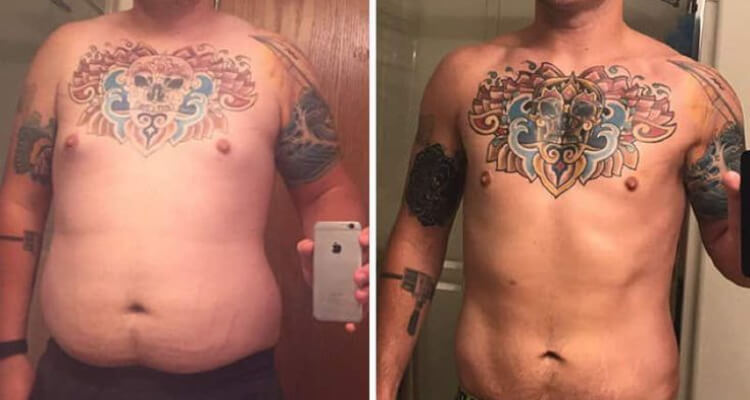



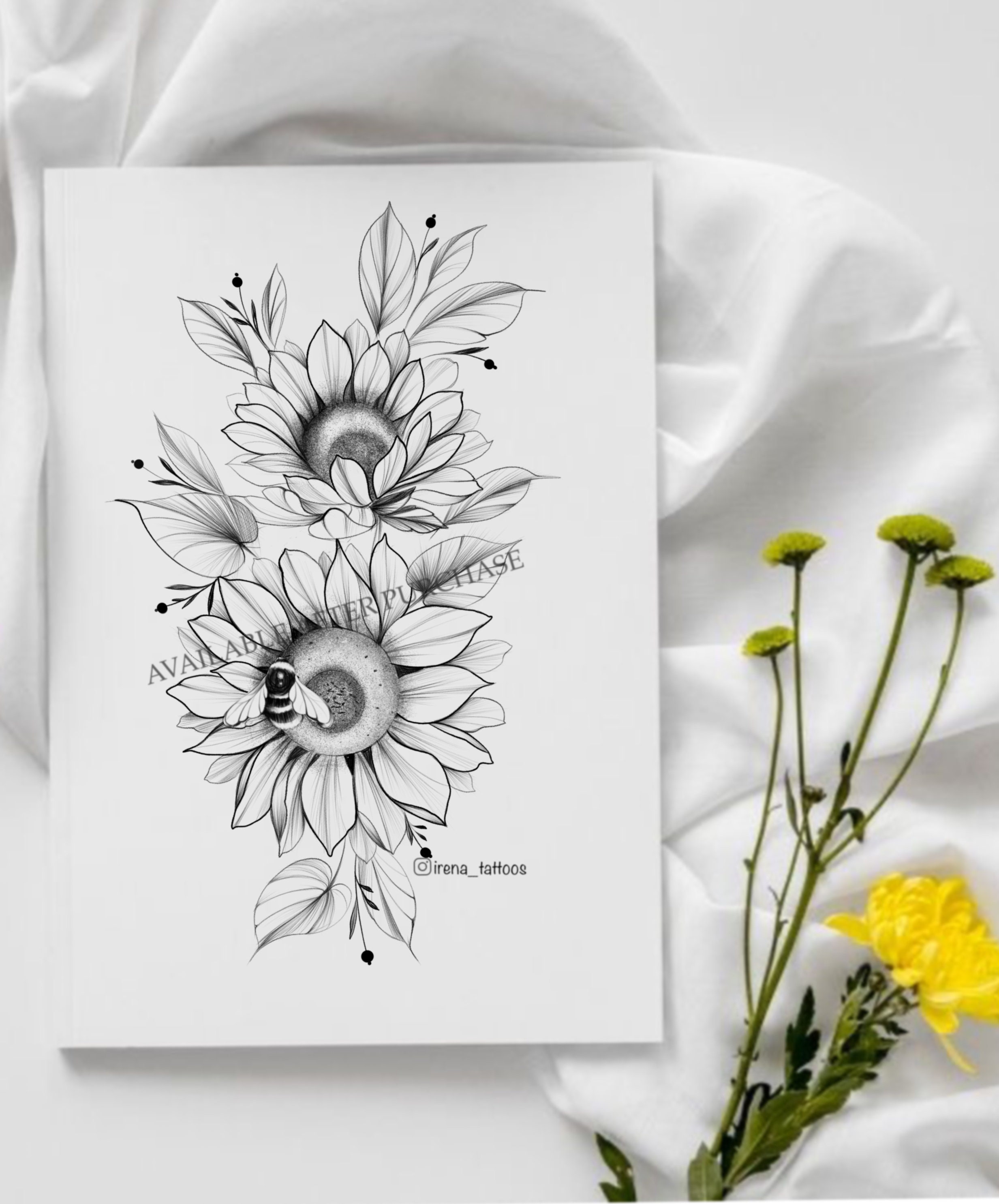



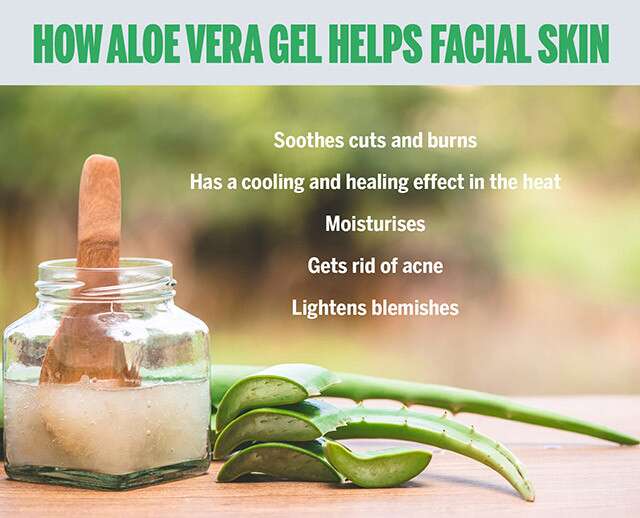



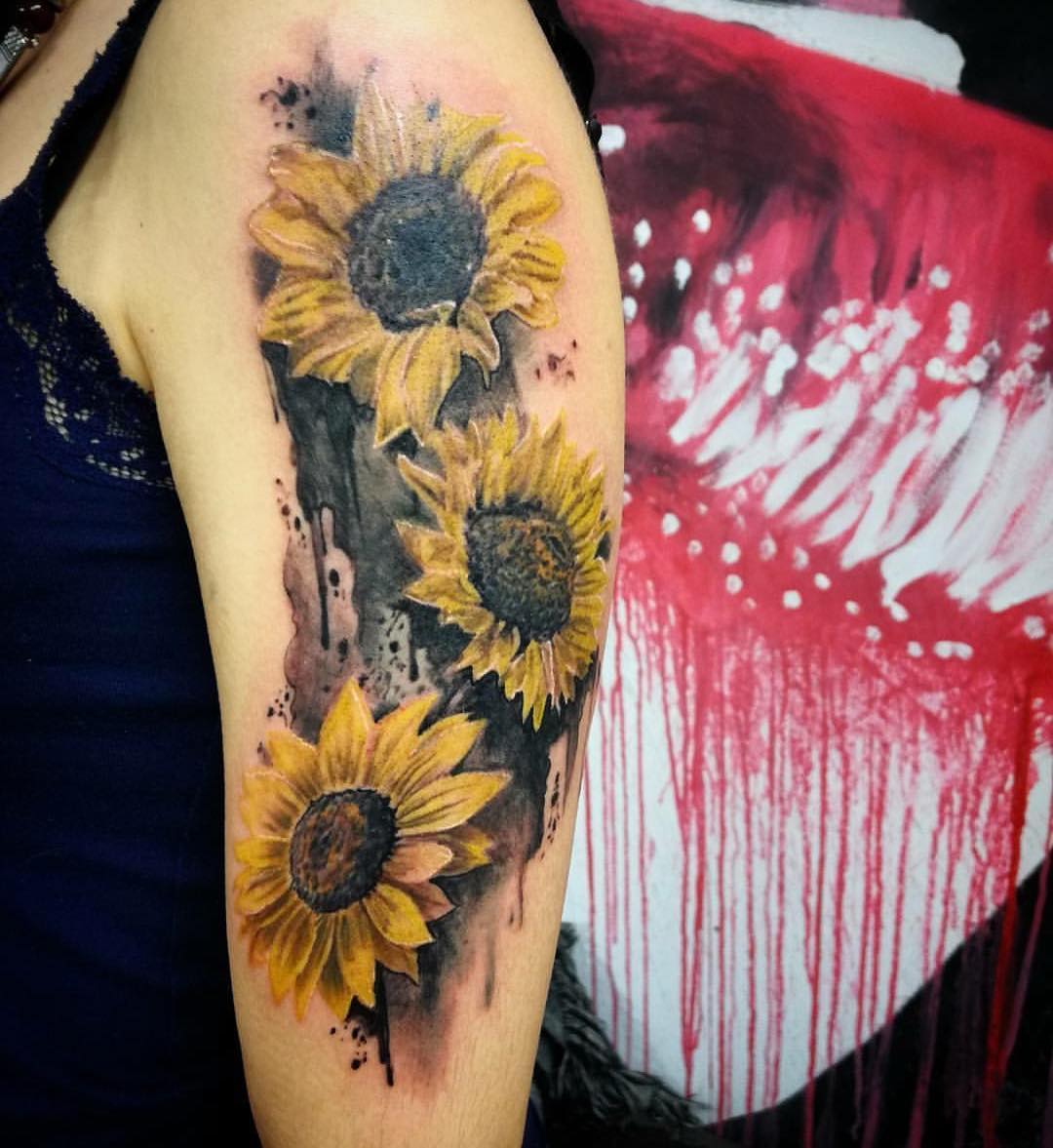















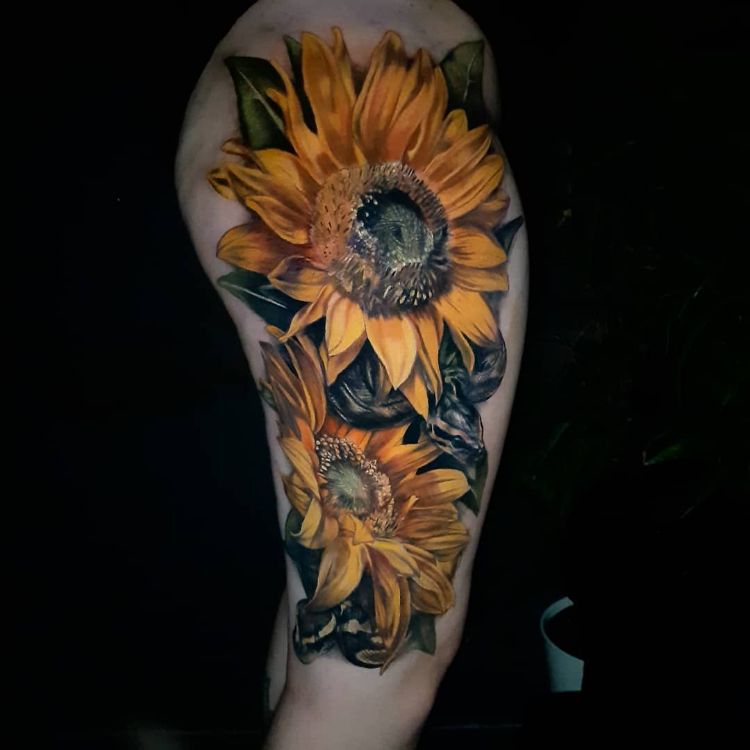






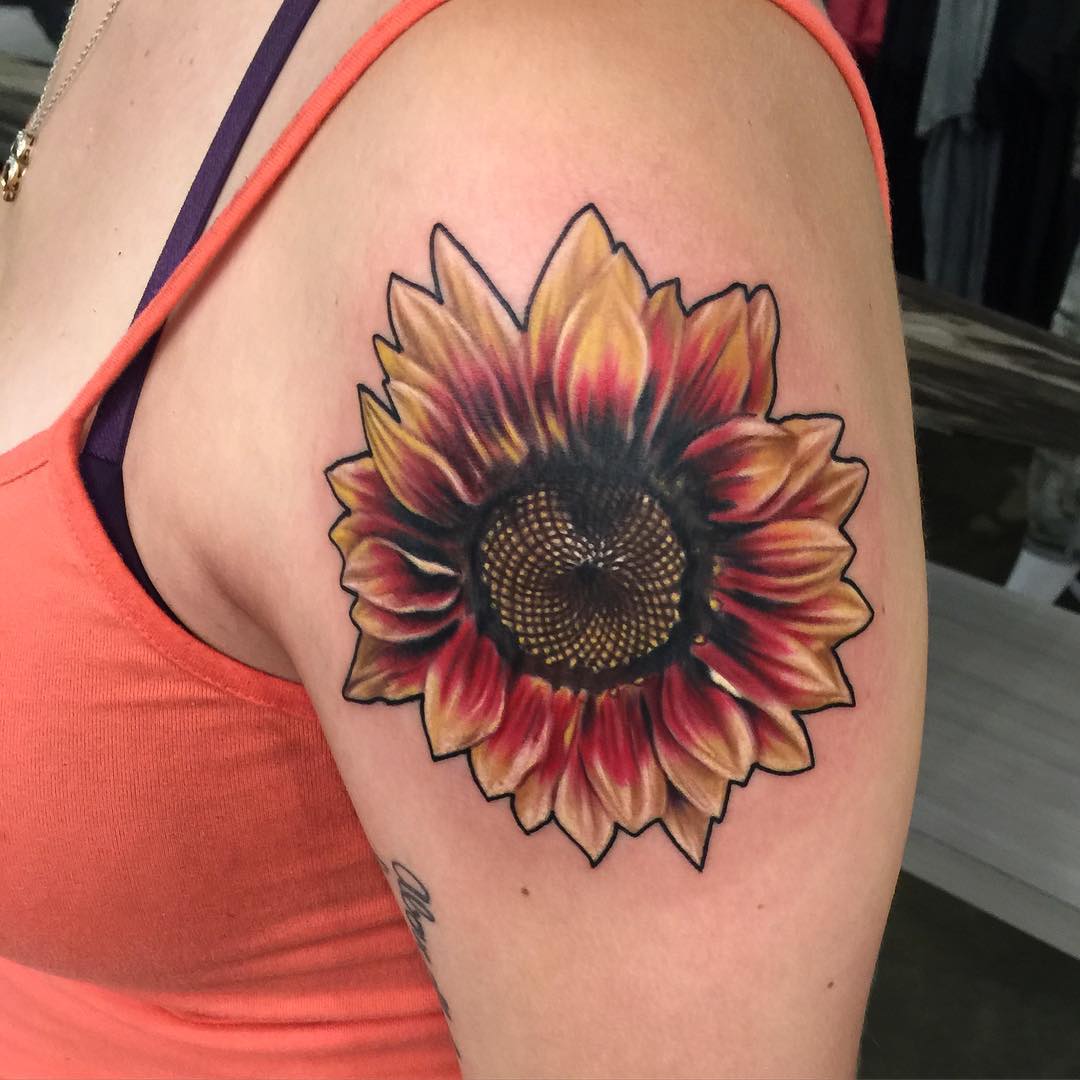









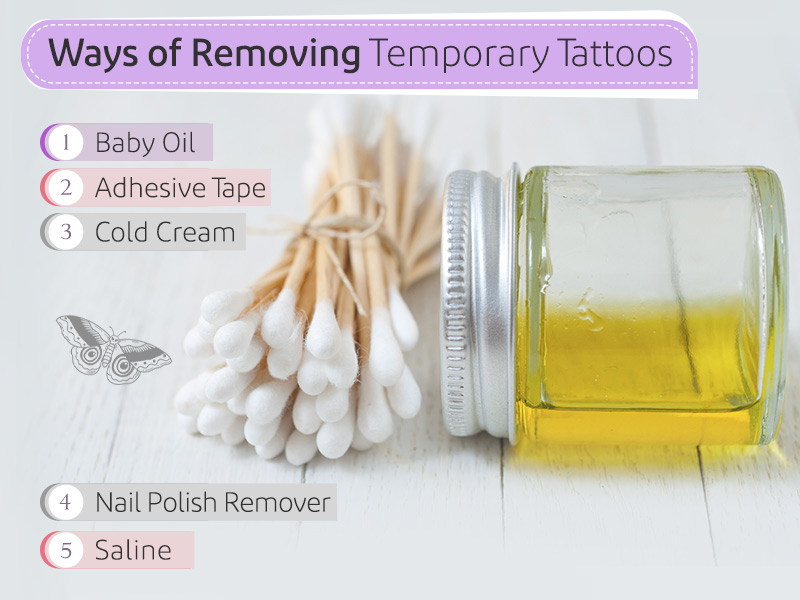





















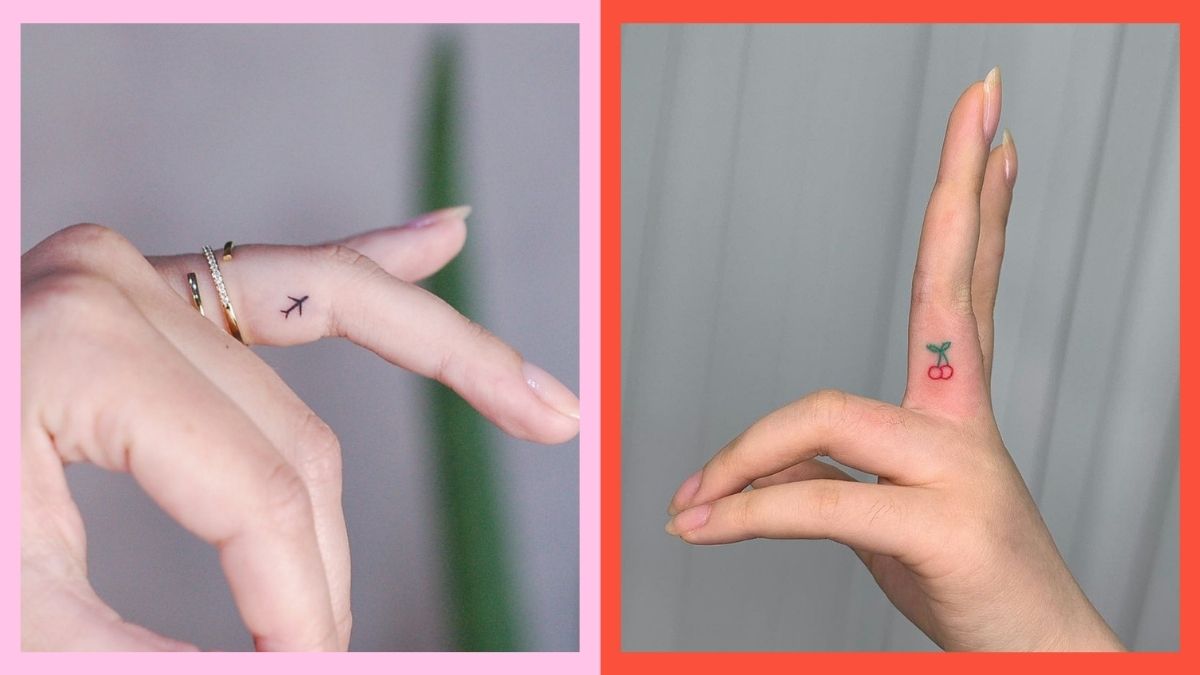
















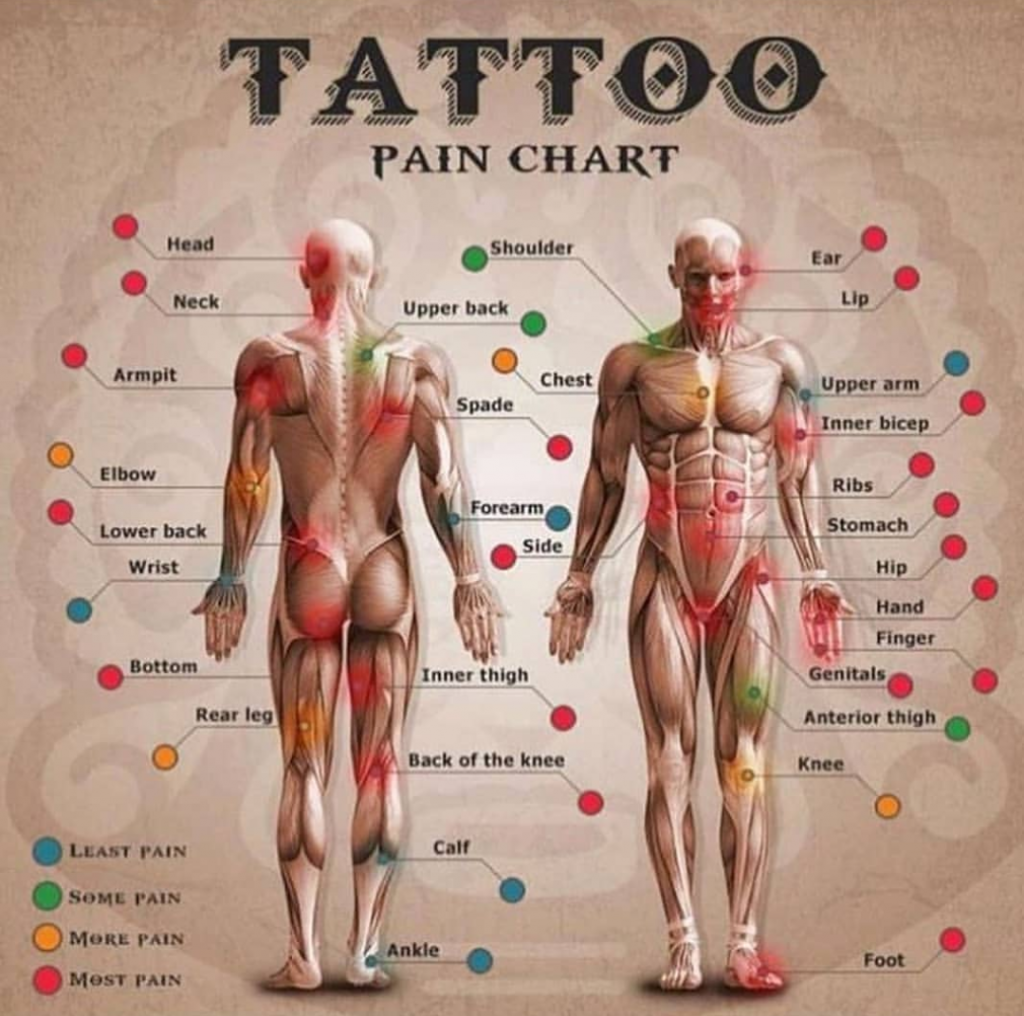







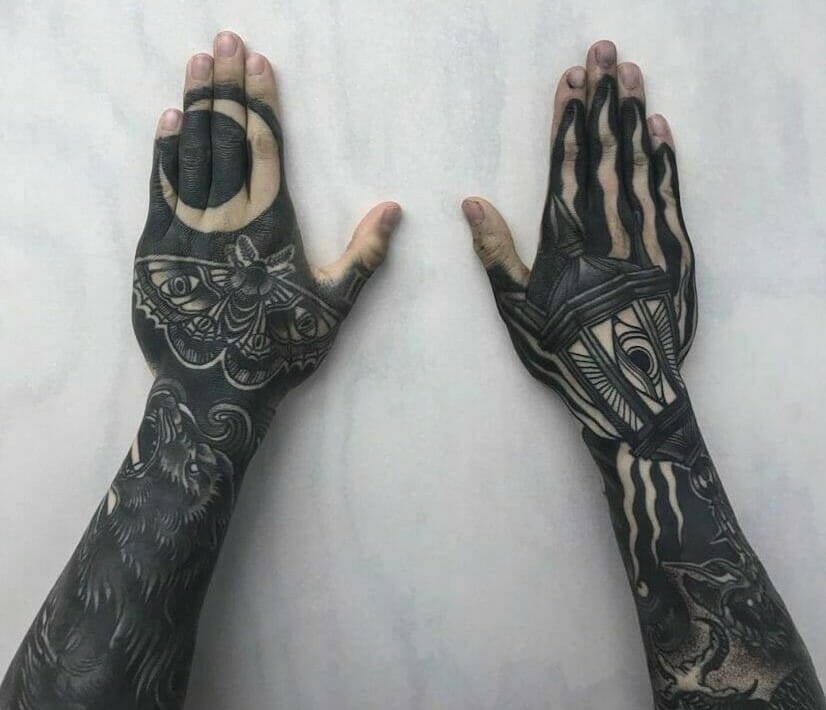



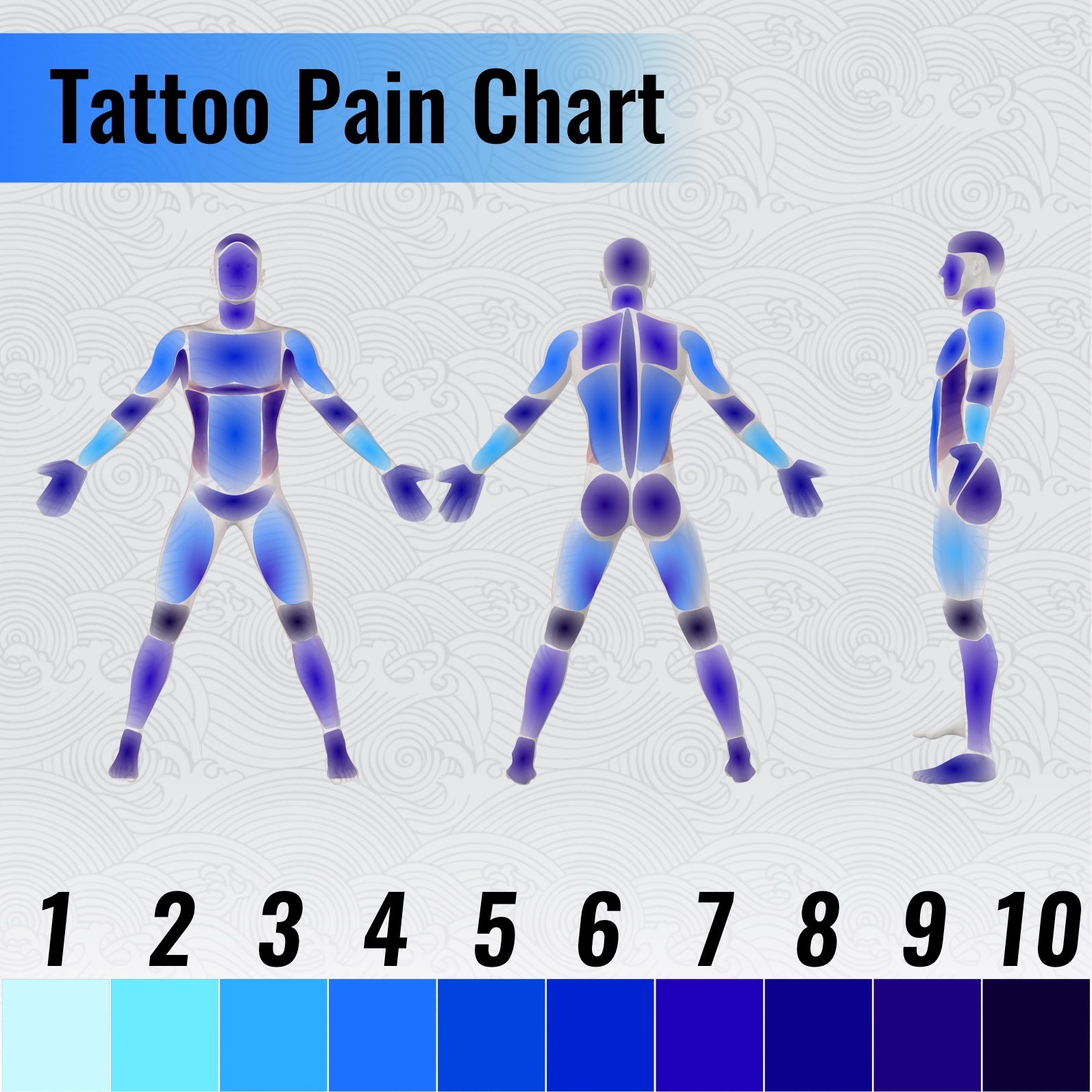







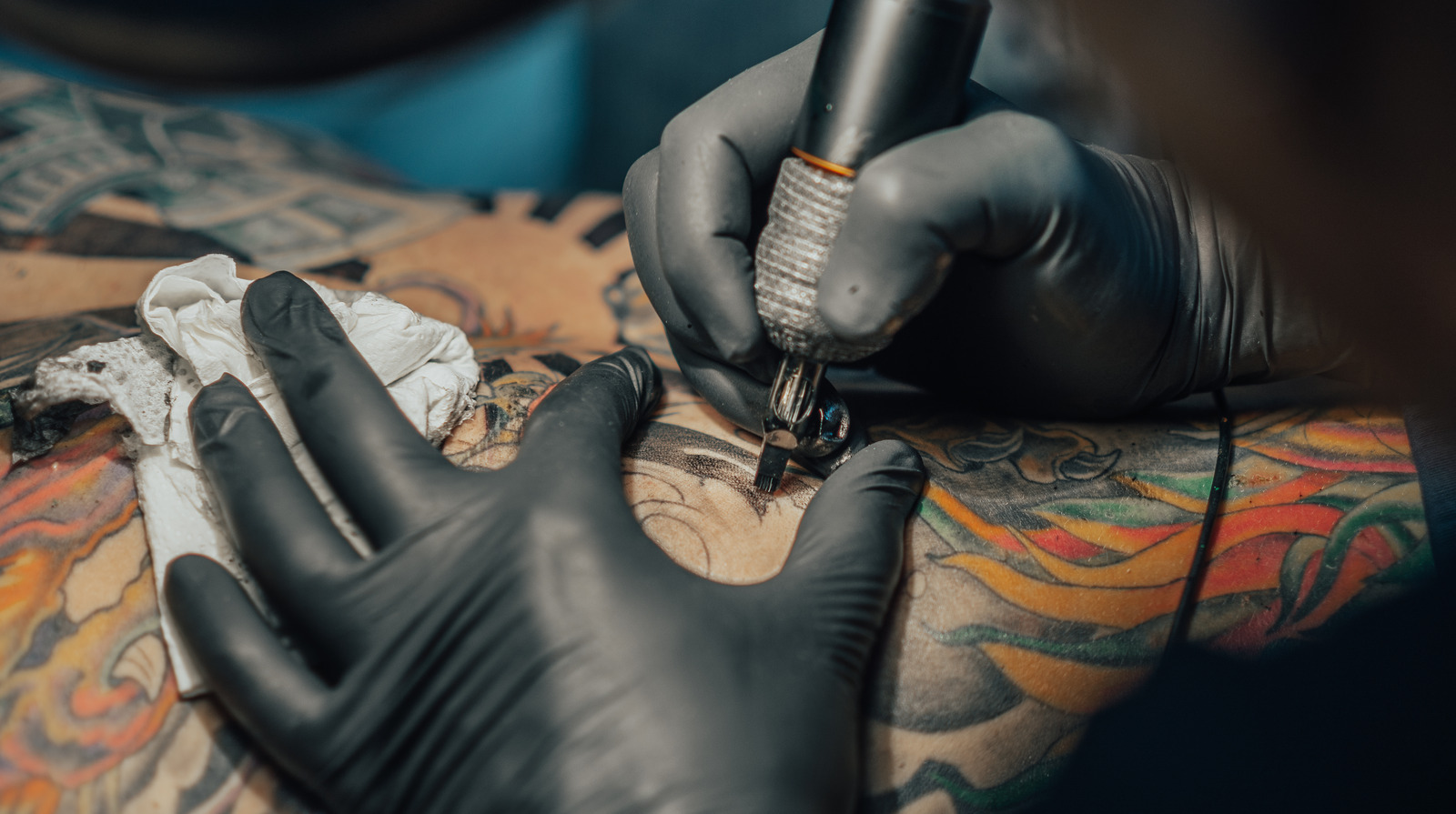

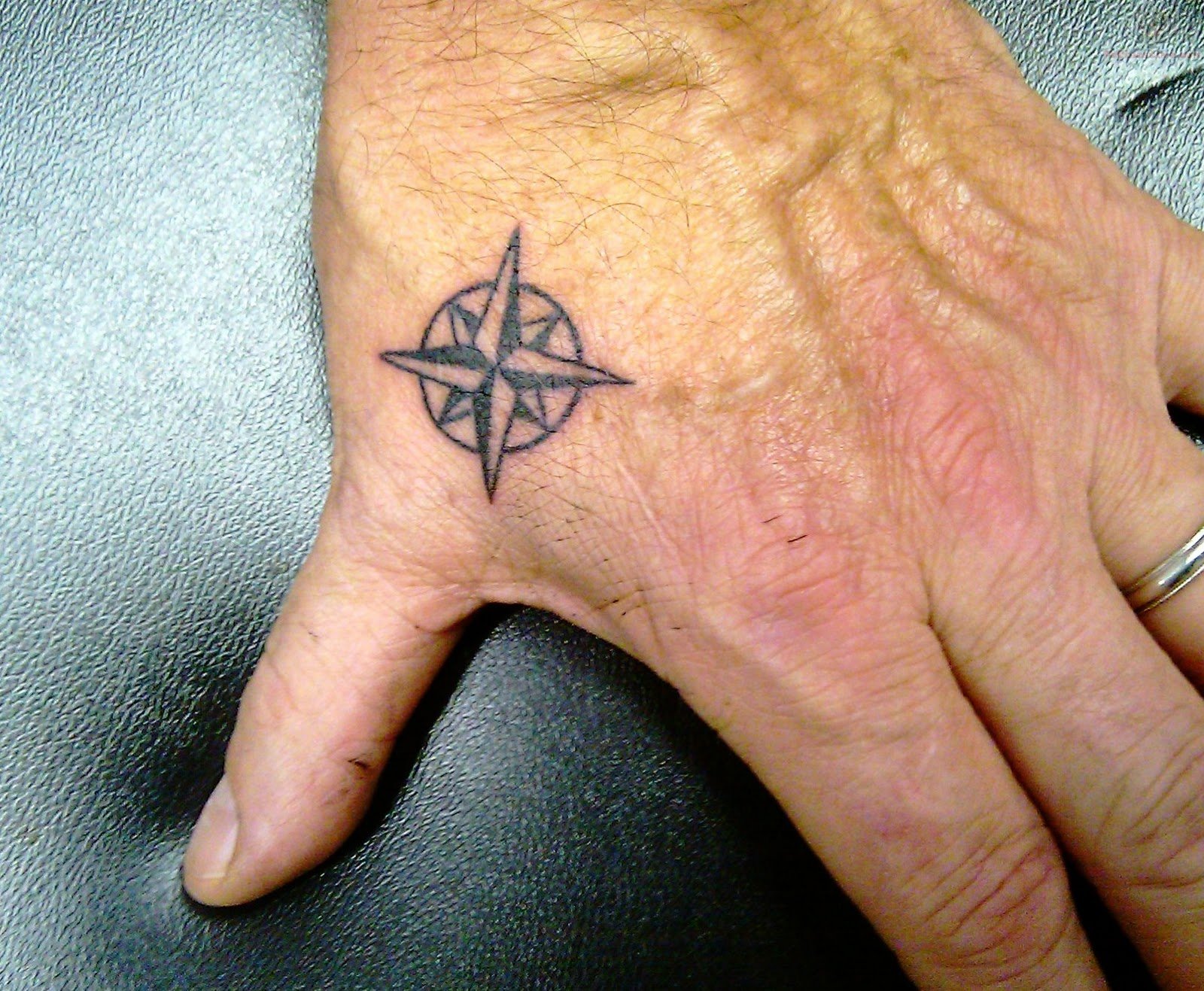





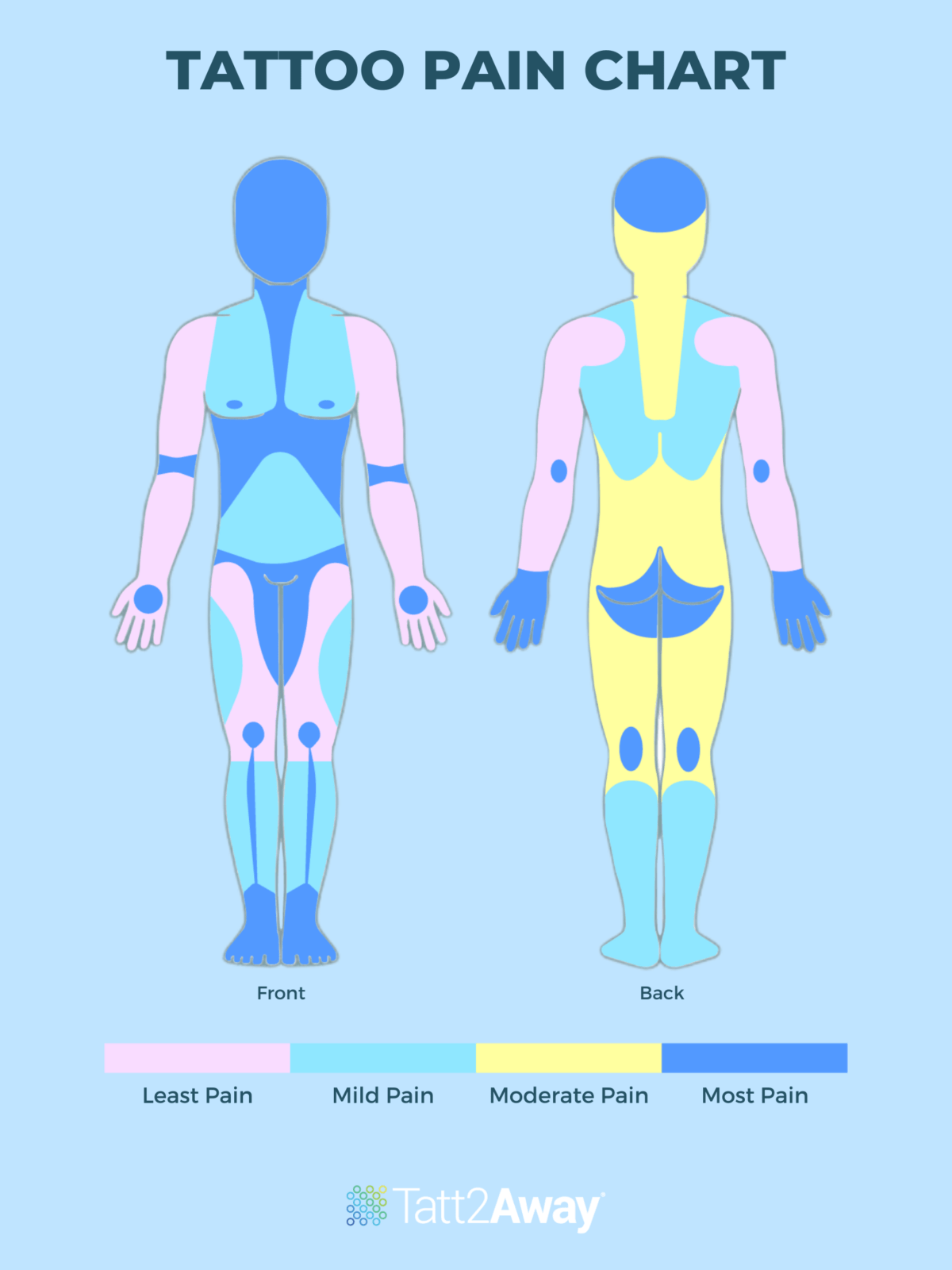



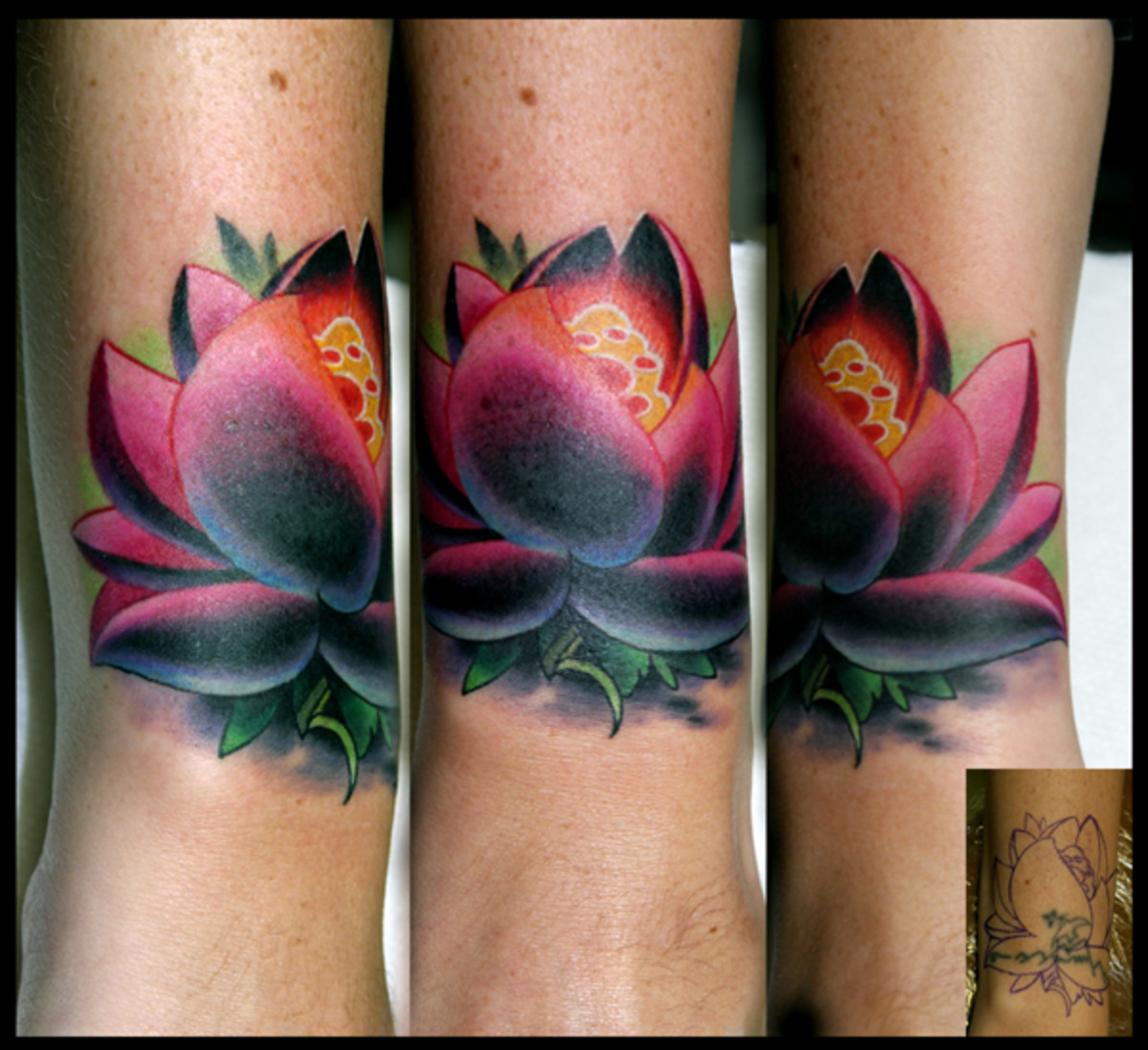

















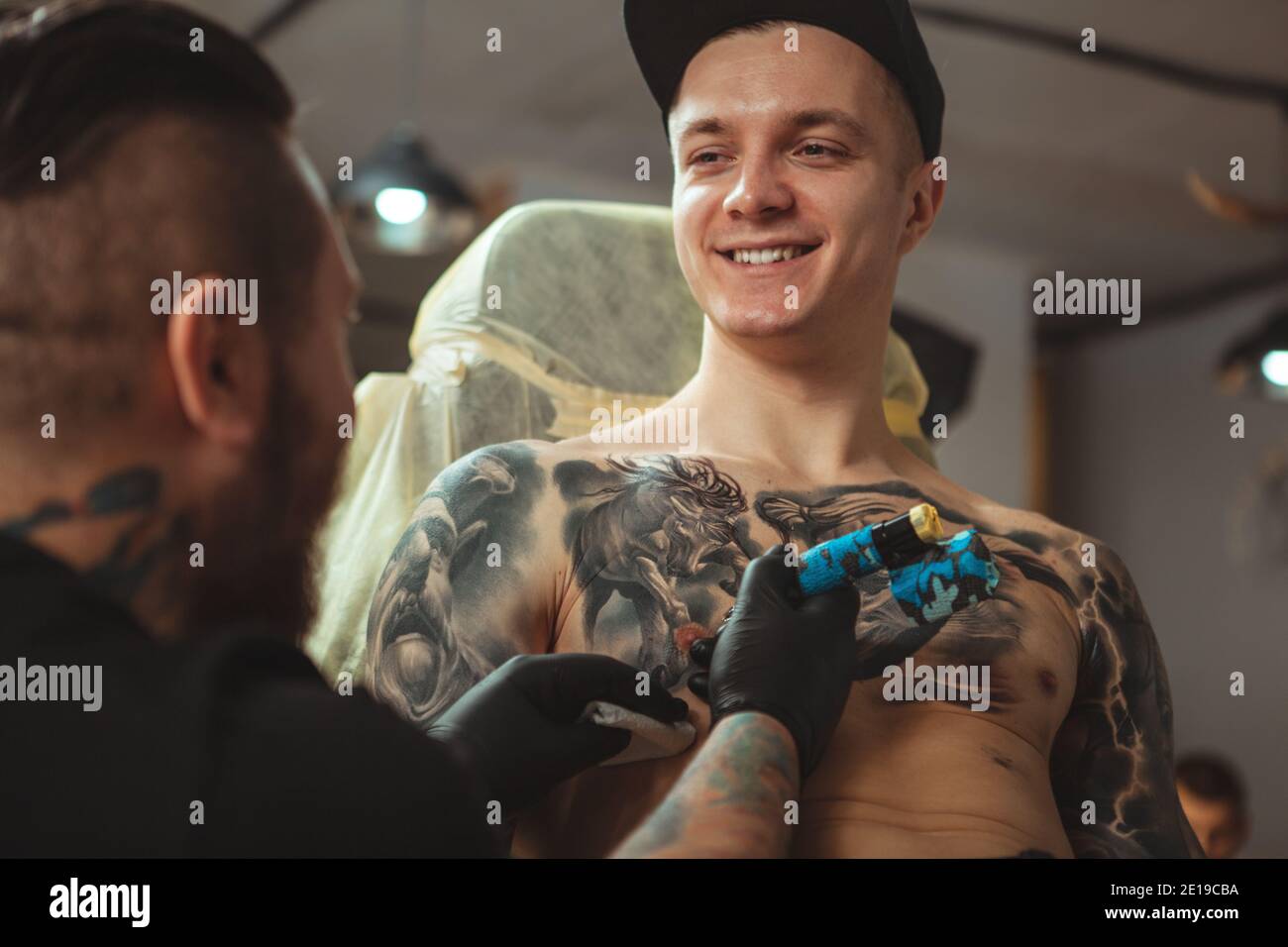

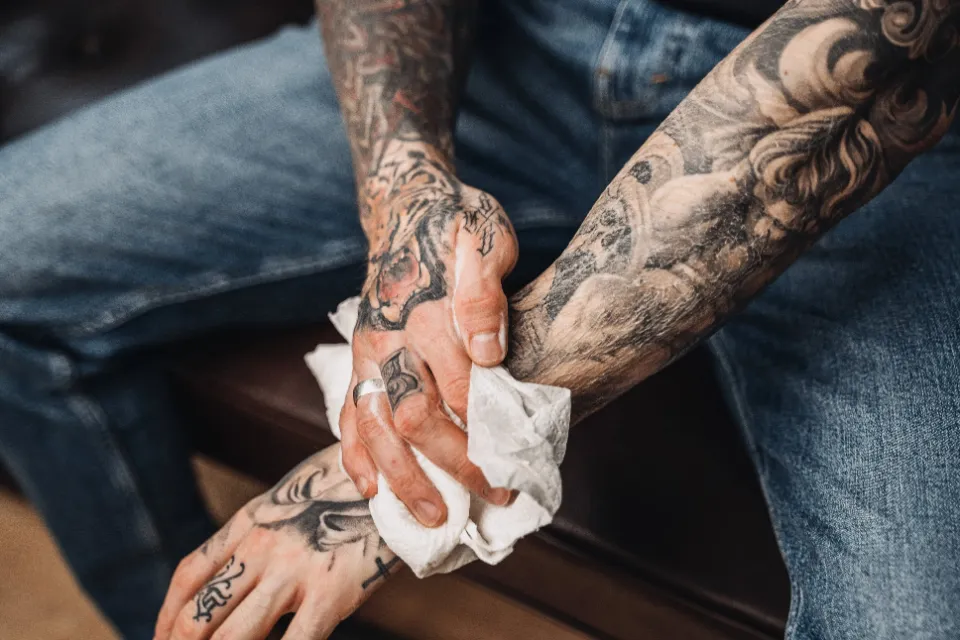










:max_bytes(150000):strip_icc()/how-to-take-care-of-tattoo_round33-33bd8253f64c484fbde54a61274919f0.gif?w=1200&resize=1200,0&ssl=1)
:max_bytes(150000):strip_icc()/how-to-take-care-of-tattoo_round33-33bd8253f64c484fbde54a61274919f0.gif)






























:max_bytes(150000):strip_icc()/ulassyesilyurt_1716916668_3378064310179905667_1578094551-503f561170154c5dbbc0576d860c1119.jpg?w=1200&resize=1200,0&ssl=1)
:max_bytes(150000):strip_icc()/ulassyesilyurt_1716916668_3378064310179905667_1578094551-503f561170154c5dbbc0576d860c1119.jpg)





